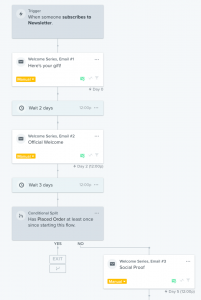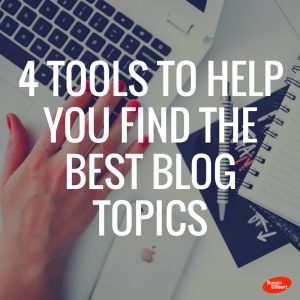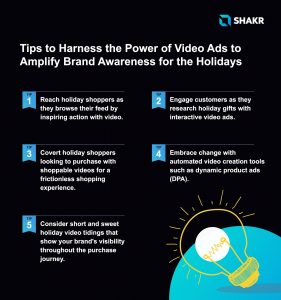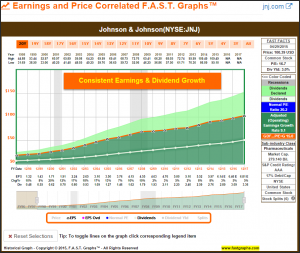Your early adopters are an important group of people. They are the ones willing to give you a chance when no one else wants to. They will provide you with feedback and insights that you aren’t able to gain on your own. They will motivate and inspire you to keep moving to the beat of your own drum, instead of giving up and going back to your 9 to 5 with a steady paycheck.
If you treat your early adopters right they will turn into your most loyal brand ambassadors for years to come.
1. Start a Conversation.

Once early adopters start testing your product, start a conversation with them right away. Let your users know you value their feedback and suggestions.
- Make your forum, zendesk and/or email address easily findable.
- Create a hashtag on social media that you can use to communicate with early adopters in real time. This let’s them know you’re always listening to feedback, and also allows you to potentially get in front of other early adopters in your user’s social circle.
- Leave your blog’s comment section open and post a thoughtful and appreciative responses to all user comments.
Also be sure to prepare yourself for criticism; remember to not take it personally. It’s better to listen to the criticism and consider your options rather than to lash out at anyone in your small user base. While you may feel some of the criticism is unwarranted, or that the user just doesn’t understand where you’re going/what you’re trying to do, remember that is not the user’s fault.
If you’re not clearly communicating how and why your product should be used you want to know that as soon as possible. It doesn’t mean your startup is doomed, it just means you need to clean up your messaging. In the grand scheme of things, re-writing your website copy or hiring a professional copywriter is not a big deal.
2. Ask or Feedback Frequently.
Early adopters tend to be a vocal crowd that’s willing to share their opinion. However, if the conversation starts to die down because you’ve been busy working on the next phase of development, don’t be afraid to strike up a new conversation.

Ask for feedback from your early adopter community as frequently as you need to. Unlike regular users, early adopters take pride in sharing their opinion and feedback. Don’t demand help, but don’t be afraid to ask for it.
For example, you could send out an email to your early adopters saying:
Hi [first name],
The team and I have been heads down working on v3 of the product, and we’re so excited to share it’s ready. Feature enhancements and bug fixes include: X, Y and Z.
If you have some this week, would you mind checking it out here [insert link] and sharing some feedback via this survey [insert link]? Or you could just reply to this email with your thoughts.
Thank you!
You could also post a shorter, similar message on your social media channels to start the conversation back up!
3. Reward Contributions.
Early adopters are an amazing group of people. They will often provide feedback without expecting anything in return. However, if you want to turn your early adopters into brand ambassadors you should reward their contributions.

Rewards can range from offering free access to your products to life long deep discounts to featuring their story on your social media channels or even flying them out to your office for a special day of meeting the team and brainstorming.
If you’re strapped for cash, as many startups are, start small. Sending a fruit basket can go a long way. (Yes, I’m absolutely serious!)
4. Put Early Adopter Recommendations Into Action
Once you receive recommendations from your early adopters it’s important to start putting some of them into action; however, that doesn’t mean you should put all of them into action. You should sit and evaluate the pros and cons of each suggestion, and how they fit into your overall mission.
In the book Foundr V1.0 Teachable’s Ankur Nagpal advises founders to remember that iteration is a matter of doubling down on the things you do well, instead of bending over backwards to implement every piece of functionality that is requested. Nagpal says, “whatever people think you are good at, do that better, and then worry about people who aren’t happy.”
When creating your to-do list focus on what you can improve, and move the new features to the bottom of the list to work on when the time is right. Your product doesn’t have to be all things to all people, it just needs to be the best at what it does.
Listening to your early adopters and putting logical requests into action will ensure you’re building a product they can love and recommend to others. It shows that you’re listening and that you care. This is a vital step towards building brand ambassadors that will help you market your product for years to come.
Getting Started
Okay I get it. The stuff in this post isn’t rocket science… but it IS important to do.
Think of this post as a reminder that you need to start a conversation with your early adopters. It’s something you can do with a simple tweet, email or blog post.
It’s common for founders to put off simple things. In in our nature to focus on solving complex, BIG problems and it’s easy to get lost for days inside an algorithm. This post is a reminder to come up for air and talk to your early adopters. They will inspire and motivate you! They are also vital to your success.
Business & Finance Articles on Business 2 Community(16)








